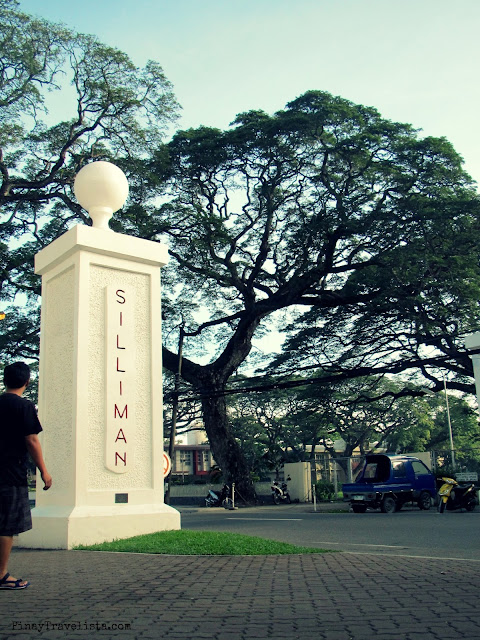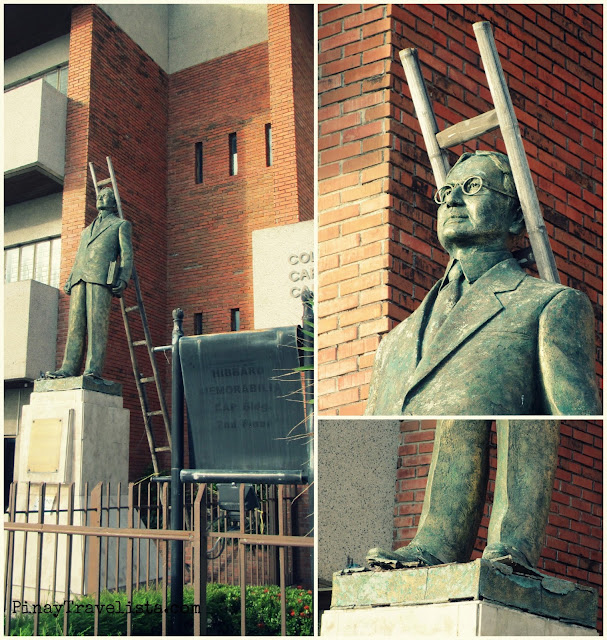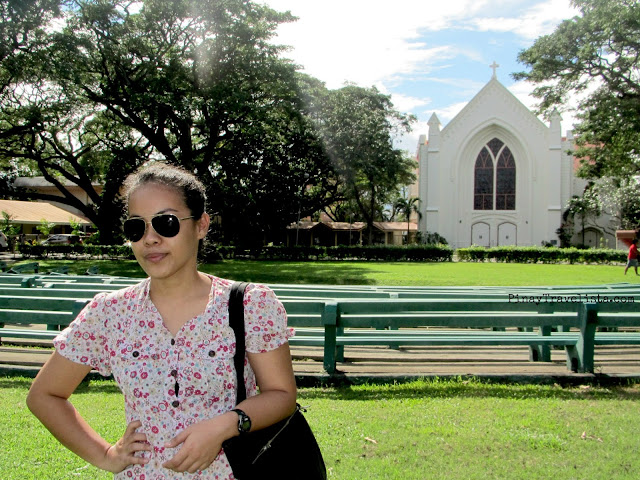Dumaguete City has been called a “center of learning in the south” or a “university town” due to the presence of Silliman and other universities that have made their mark nationally and abroad.The city has become a melting pot of students, professionals, artists, scholars and the literati coming from the country and the world. unfortunately, we did not get to see most of what Silliman University is for a visitor. But even so, Silliman University is impressive.
HIBBARD MEMORABILIA
Dr. David Sutherland Hibbard, a man from Lyndon, Kansas who, was tasked to found the institution after serving as a pastor in a Presbyterian church. Upon his arrival in the Philippines, he was commissioned, with his wife Laura, to scout the southern part of the islands to determine the best location for the school. His original points of destination were Cebu, Zamboanga and Iloilo. While in Cebu, a suggestion came to him to make a side-trip to Dumaguete where he met Rev. Captain John Anthony Randolph, chaplain of the 6th U.S. Infantry Regiment stationed at that time in Dumaguete. Later he was introduced to Don Meliton Larena, the town’s local presidente and to his brother Demetrio Larena, then the vice-governor of the province. Hibbard got attracted to the place and decided to establish the school in the locality. He would later on write that the “beauty of Dumaguete and the friendliness of the people” helped in bringing about his decision.
“There were fifteen boys that first morning. The equipment consisted of four desks about ten feet long, two tables and two chairs, a few McGuffey’s Readers, a few geographies, arithmetics and ninth-grade grammars. I was President; Mrs. Hibbard was the faculty.”
In his honor a memorabilia statue now stands facing the Rizal Boulevard in Dumaguete City. However due to time, rough weather, and strong winds from tropical storms that passed by, we found the statue leaning on a bamboo ladder for support. Nevertheless, it stands proud and unwavering. Thumbs up to that — and really hoping they could get it fixed soon!

“For seventy years it commanded the early morning, noon, and evening hours of the University. it defined class period, and provided alarms for emergencies. Its sound would reinforce the sense of belongingness for those who have walk through the campus.”
TRAVEL NOTES:
+ If you’re a visitor, do travel with a least one Identification Card to leave with the security guards by the gates, and in exchange for a Visitor’s ID.
+ There are lined up Acacia trees for shade, but the sun might be high up during your walk tour, it is best to bring an umbrella with you.
+ The Anthropology Museum is open for students, faculty, and visitors. Please check out a separate post on that.
+ Silliman University has deeply rooted history on it’s campus, and university’s structures. It pays to read on ahead with what you want to check out. Like I wish we could’ve checked out Channon Hall, it was one of the halls occupied by the Japanese during World War II. Not so much on ghost hunting or of any sort like that, but I do want to see how the structure fairly made it well through the years.
HOW TO GET THERE / DIRECTIONS:
Silliman University
Location Map HERE
1] From the Dumaguete Port
::: Trike = 8PhP
::: On foot, walk straight from the exit of the port which is the Flores Avenue
Look for the large signage SILLIMAN UNIVERSITY,
where the Flores Ave converge with Rizal Boulevard
Behind the signage are several institute halls, the Silliman Hall will be at the end of that block
Take the right turn on that corner, and walk the Rizal Boulevard – Silliman Avenue
Take the first right turn, and your first landmark will be the West Portals
Do ask around, the students, and university staff are very accommodating




